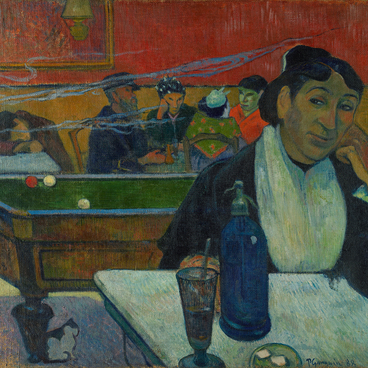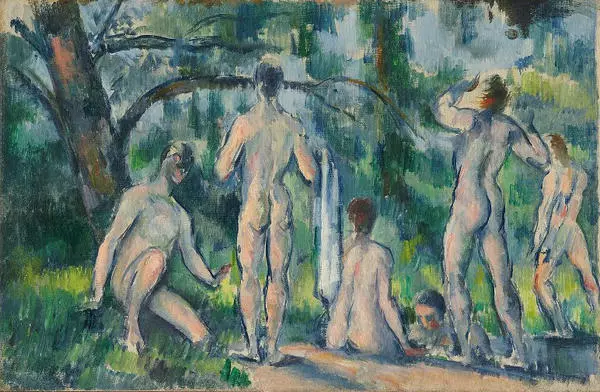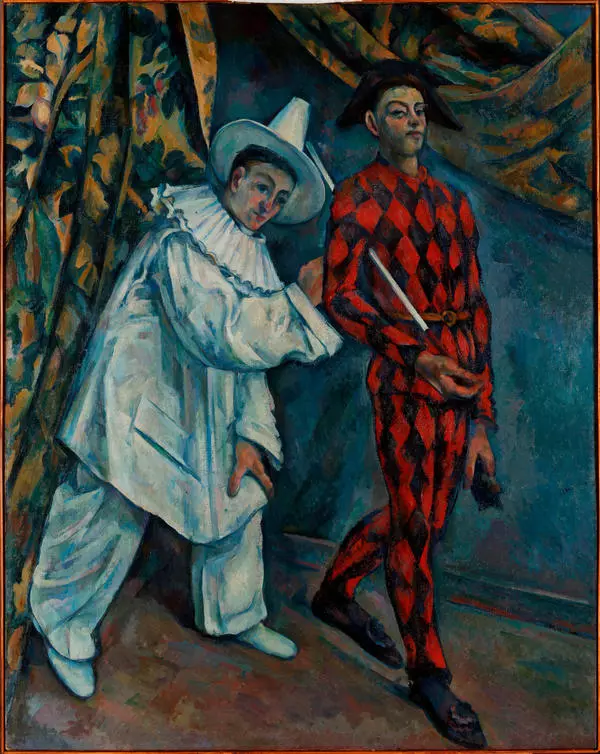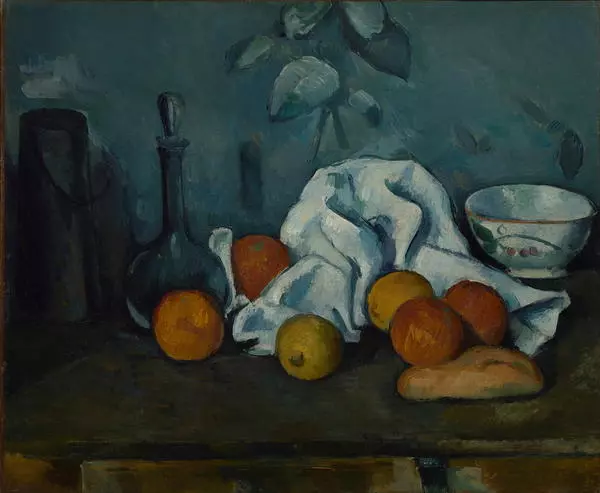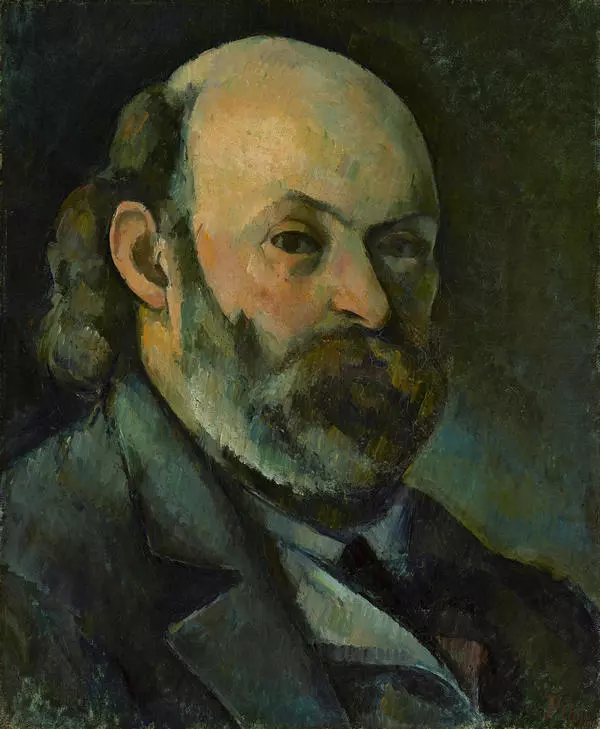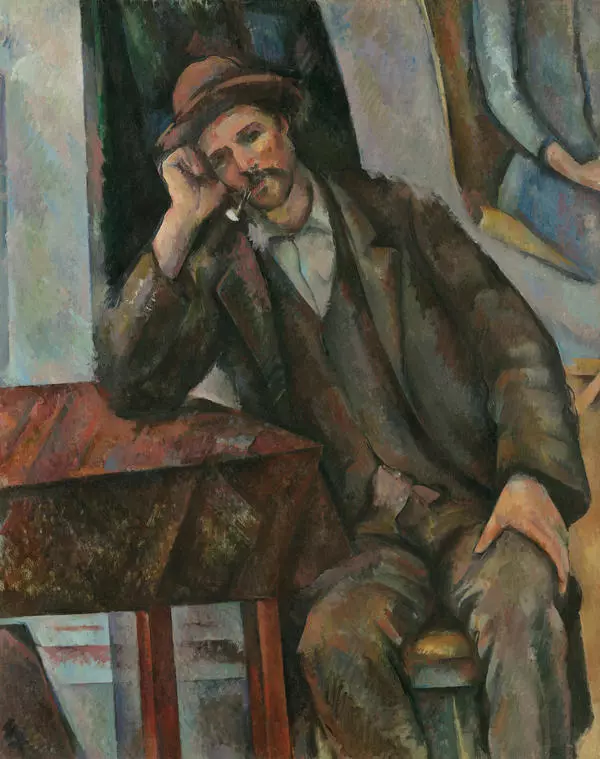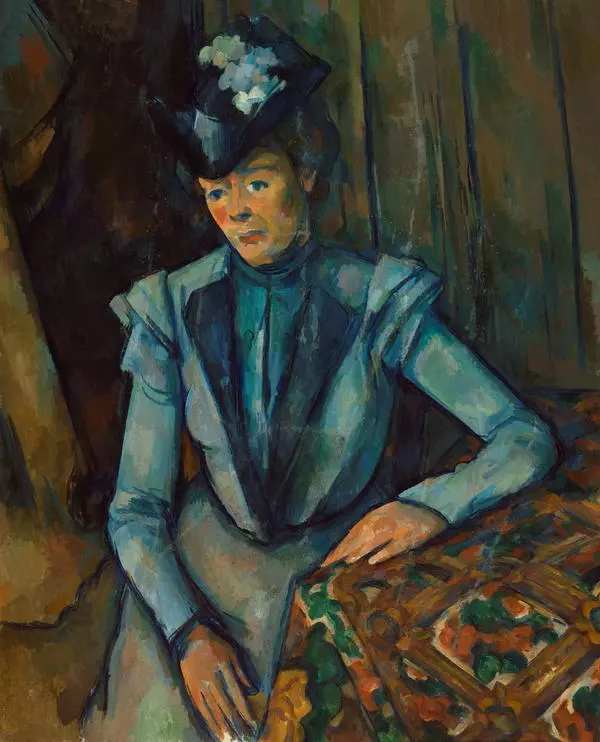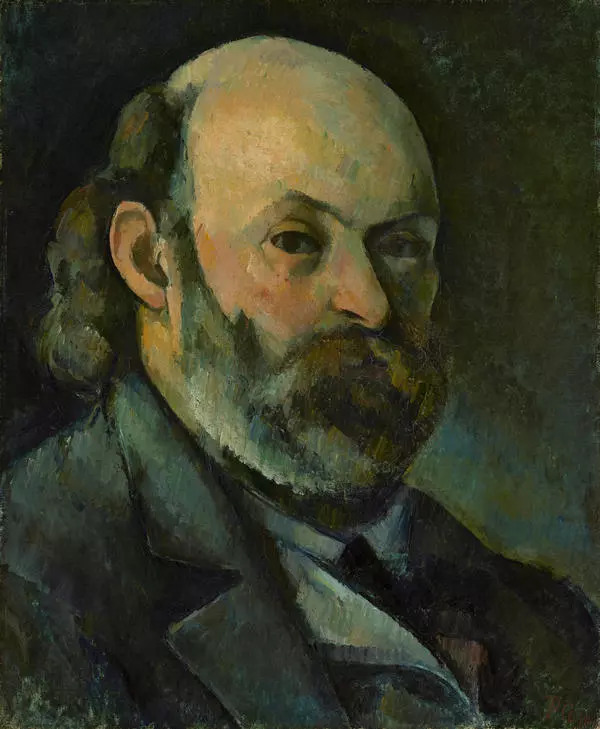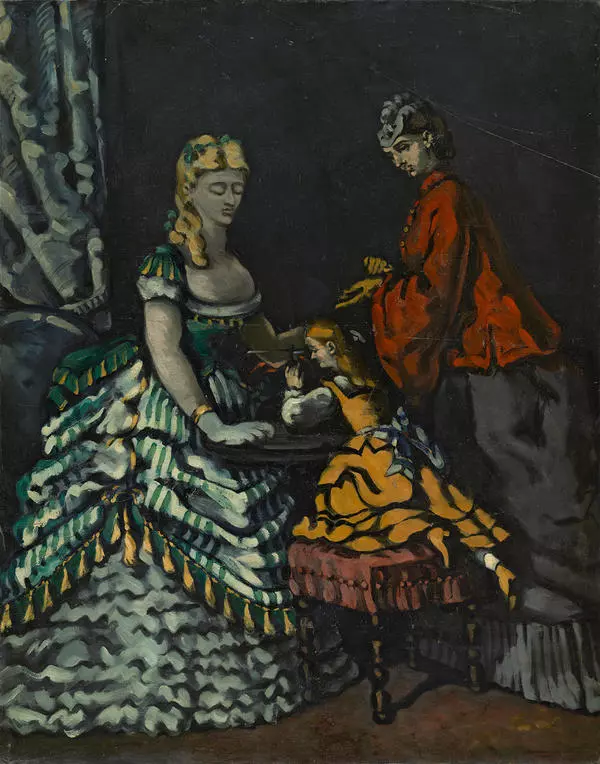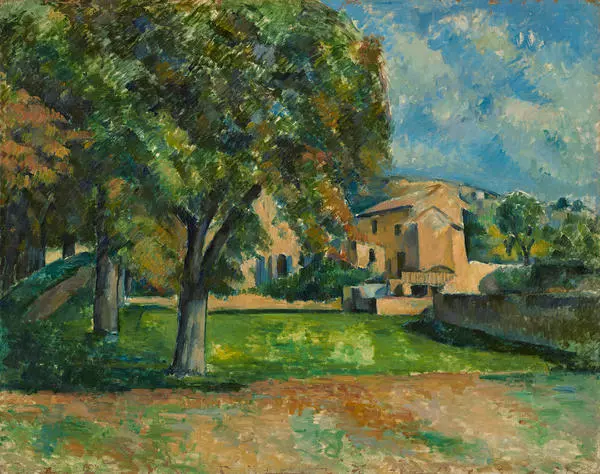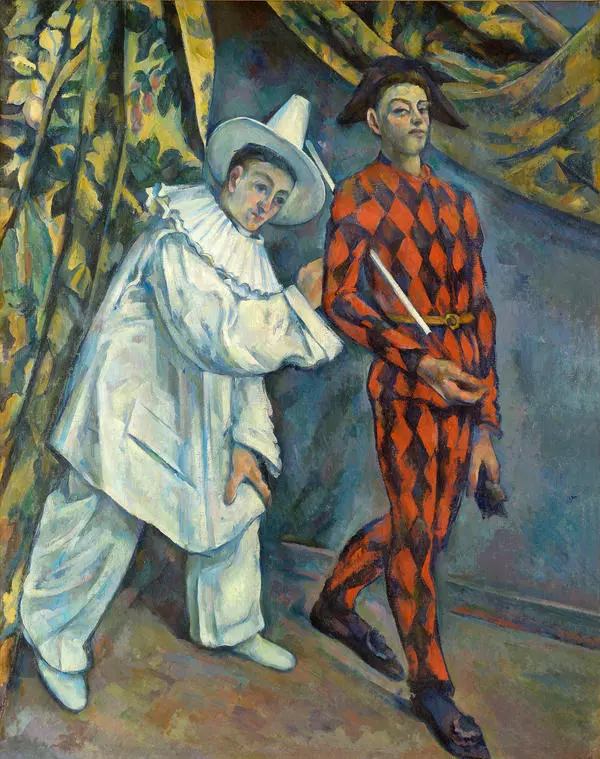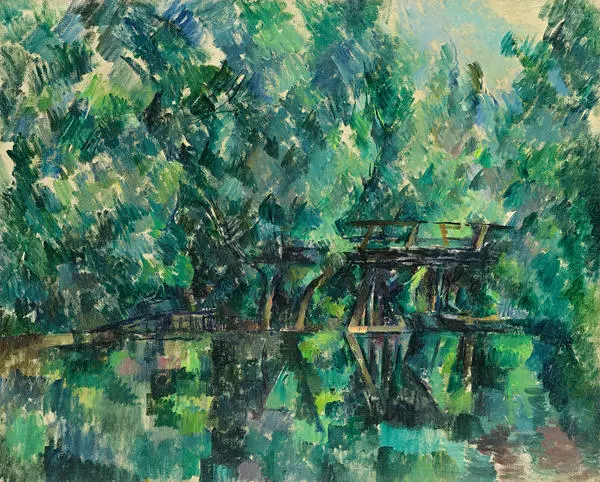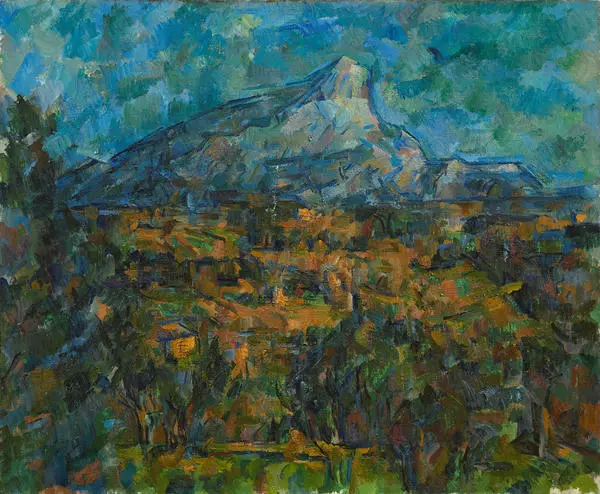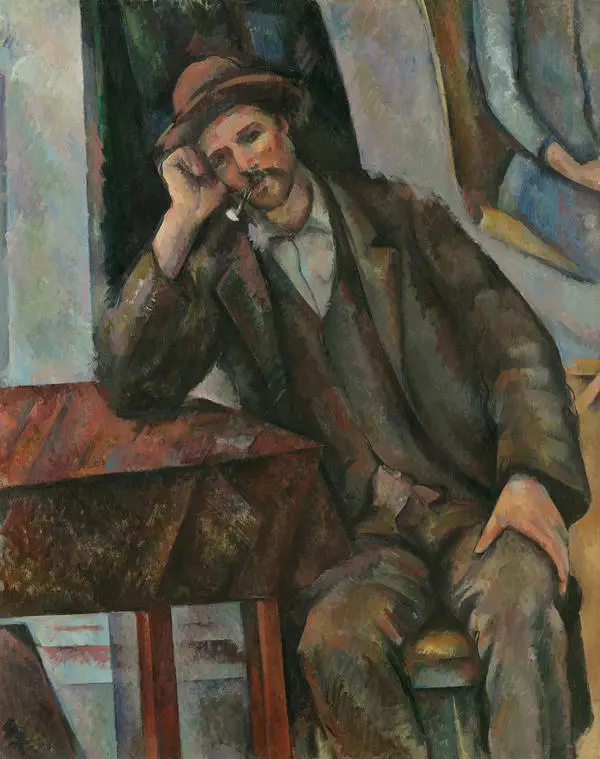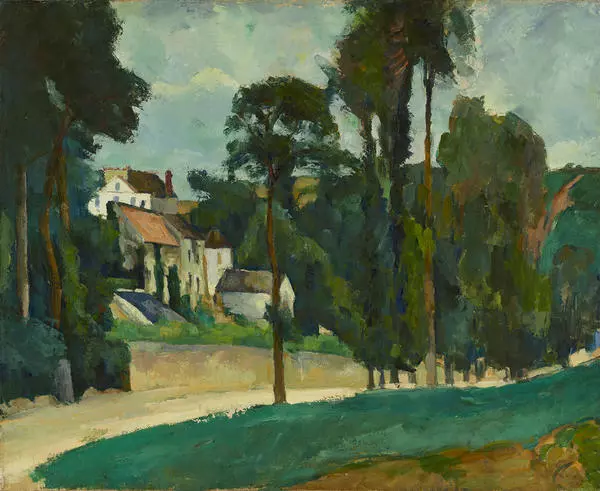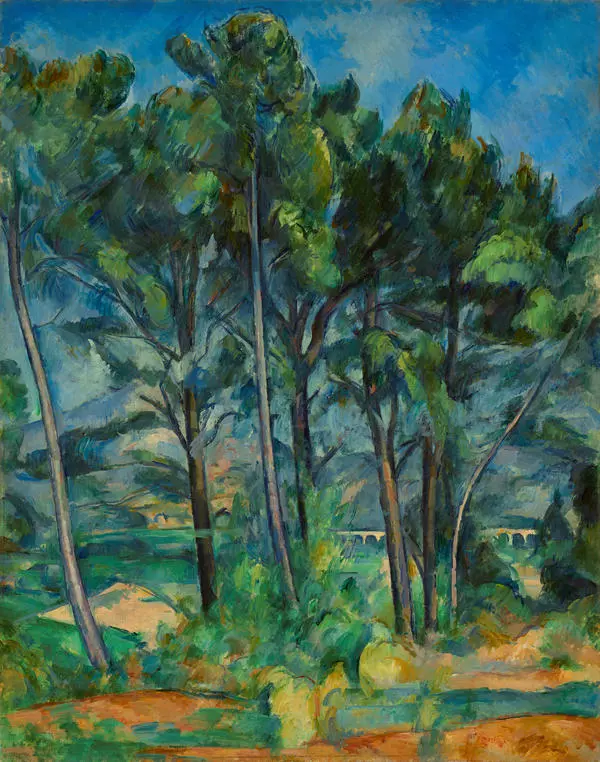#1
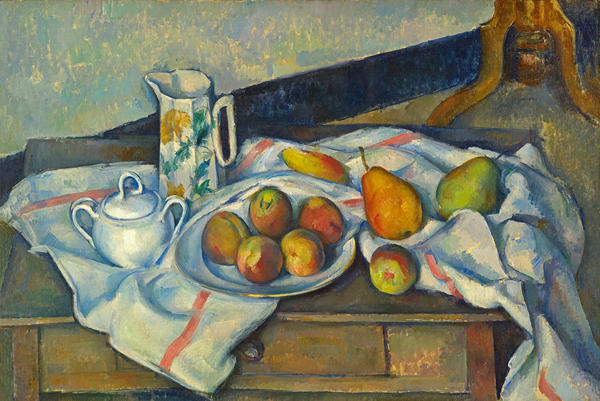
Paul Cezanne
Peaches and Pears
#17
#2

#7
Cezanne was well known for his pursuit of perfection: he could spend up to 100 days painting one still life. His friend, artist Émile Bernard, said that Cezanne could do a single brush stroke and then stand up, walk around the room, go out to the garden for half an hour, and finally return to do another one.
#9
This is why he was satisfied with the artificial fruits and vegetables that appeared in many of his paintings. The attention that Cezanne paid to shape, almost like a sculptor, is definitely a post-impressionist feature: while impressionists tried to capture transitory, passing states, Cézanne was interested in the constant, unchangeable characteristics of objects. As Cezanne’s contemporary critics wrote, he painted heads in his portraits as if they were artificial apples.
#18
The reverse perspective
#3
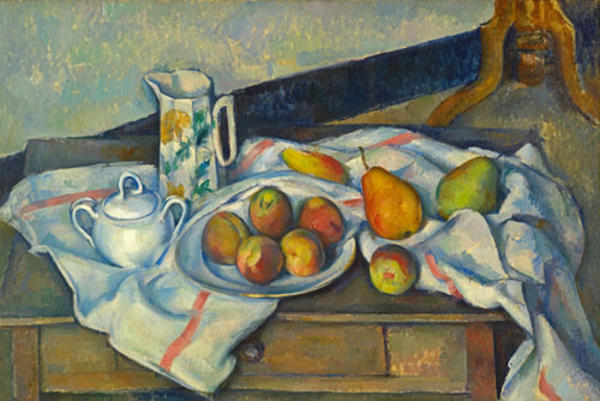
#10
Cezanne often worked with the so-called reverse perspective. He is known to have looked at a scene (fruits and dishes on a table) from different points of his studio during the working process. He always had a stepladder in one corner, where he regularly climbed to change the viewing angle.
#19
Dynamics and composition
#20

#21
In Flemish still lifes of the 17th century, everything had to be moving: a spiraling lemon rind, a tilted bowl, a dish that was about to fall from the table. All these details had a symbolic significance, which was easily understood by the public. Cezanne was more interested in the shape of objects. His artificial fruits were literally a “nature morte” – or a “dead nature”. They could look static because of the contrast, but in fact, they also have their own hidden dynamics. For example, the artist put coins underneath some objects so that their position on the surface was unstable.
#22
A crumpled tablecloth
#23
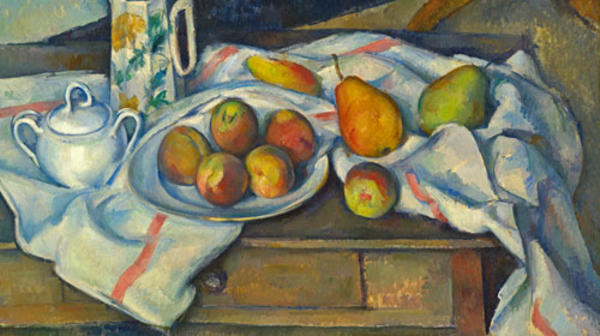
#24
A crumpled tablecloth is another refrain of Cezanne’s still lifes. At the same time, just like with fruits, the texture of the cloth does not interest the artist: while in the left part of the painting it looks natural, in the right corner its sculptural folds resemble a mountain ridge. To be precise, the tablecloth here looks like the cliffs of Estaca and the monumental slopes of Montagne Sainte-Victoire.
читать дальшескрыть
00:00
00:00
1x
Peaches and Pears
Время создания
1895
Размер
61x90 cm
Техника
oil on canvas
22
Открыть в приложении
Поделиться


